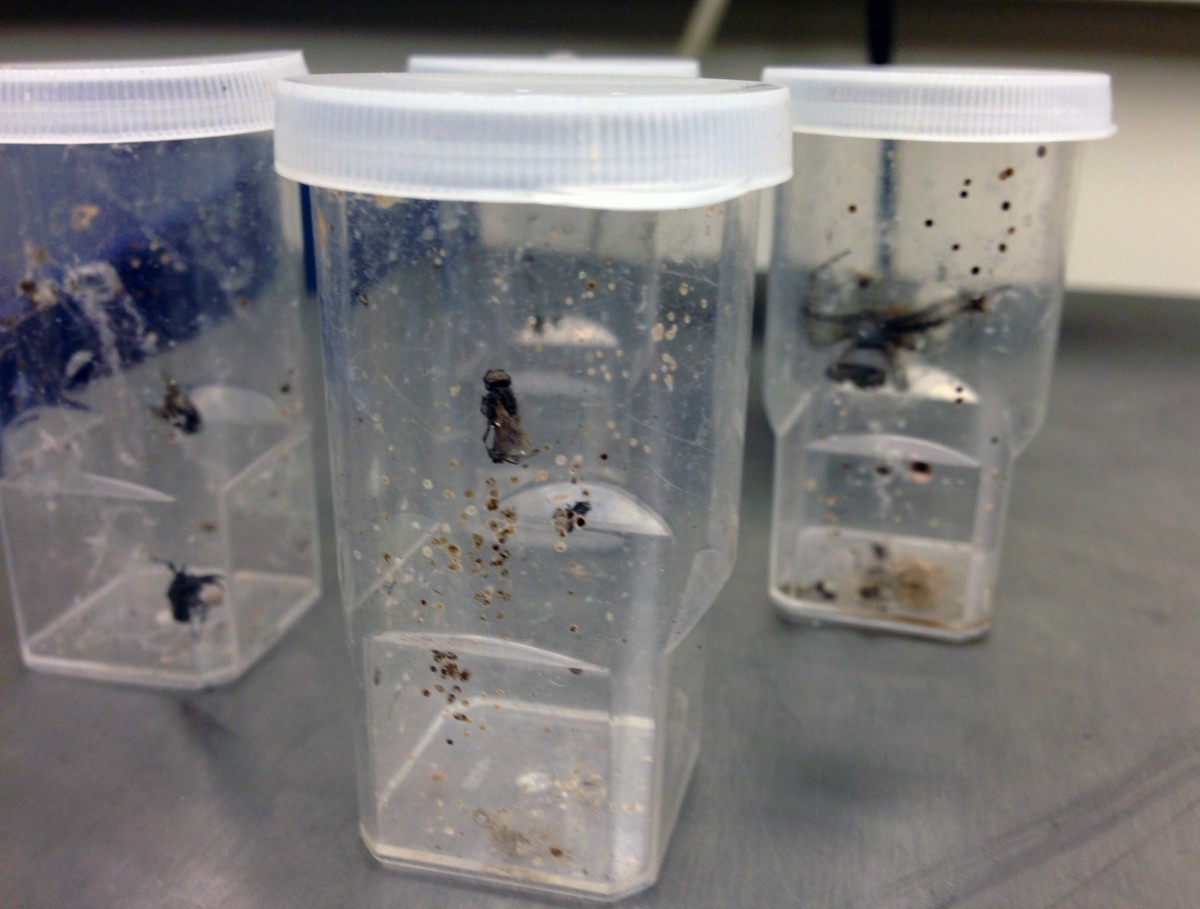On his last visit to MIT, Tomás Saraceno brought a few boxes of fragile cargo to Professor Markus Buehler’s lab — a few Cyrtophora spiders and a couple of silken orbs spun by the Nephila species. As Saraceno built a few specially-designed metal structures to house these social spiders, he reveled in how the simple practical aspects of these art works may lead to complex insights about our natural world: “Everything is connected. And through making, you realize there is another way of thinking.”
Saraceno and Buehler discussed the intricacies of their work with spiders and three-dimensional webs in a talk last fall at the MIT Museum, “Reverberations: Spiders and Musical Webs.” To recount it briefly, Saraceno’s studio devised an original tomographic method, using a laser sheet, to scan a three-dimensional web; Buehler’s lab created a computer model of the data set generated by this project to reveal how strands behave and interact in the physical web.

At present, Buehler (Professor and Head, Department of Civil and Environmental Engineering) and Dr. Zhao Qin (Research Scientist, Civil and Environmental Engineering) are cultivating several three-dimensional webs in their lab for further research, as part of their ongoing collaboration with Saraceno. Buehler has incorporated the study of the spiders into a project for senior undergraduates enrolled in the capstone course,“1.013 Senior Civil and Environmental Engineering Design.”
Qin says the spiders are faring well in their new home amidst the engineering labs in the basement of Building 1. Three senior undergraduates enrolled in the capstone course are responsible for feeding and caring for them. As Qin explains, there are three components to the students’ study. Firstly, they will scan the static web, and convert that scan into a 3-d digitized structure, replicating the work already done by Saraceno’s studio. The next step will be to track the dynamic process of how spiders create their webs. Qin says, they “expect to see very many 3-d structures, starting with the first moment when the spiders start building it until they complete the web.” Lastly, each student will use the structure for different purposes for their own engineering projects. For instance, some may study the mechanical response of the webs to understand how spiders sense the vibrations, while others may use the information to design and create new architecture inspired by the web’s intricate design.
A few new residents will soon join the Cytophora spiders, as Saraceno plans to send several more species (and more webs) to Buehler’s lab for further study.





